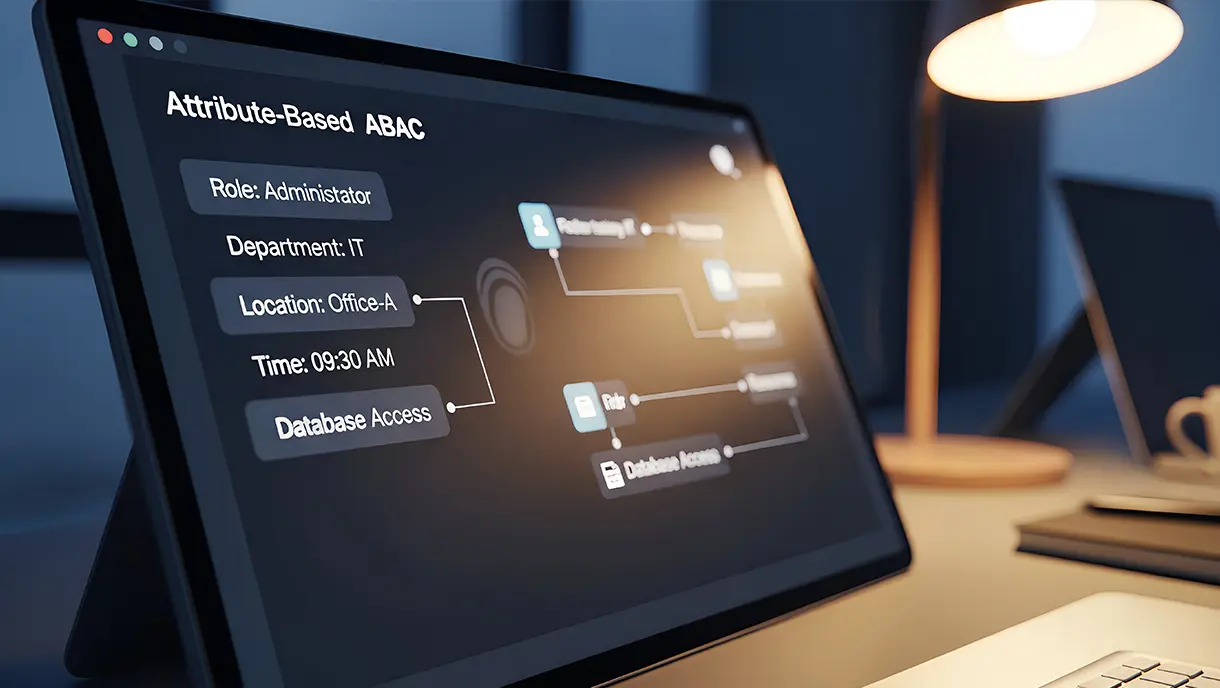Security Convergence: Merging Physical & Cyber Measures
As physical and cyber threats increasingly overlap, organizations must adopt a unified security strategy—known as security convergence. By integrating physical access controls, surveillance systems, and cybersecurity tools, businesses can improve threat detection, reduce risk, boost compliance, and cut costs. This holistic approach not only strengthens overall security but also enhances decision-making and operational efficiency. With emerging technologies like IoT and AI on the rise, converged security is key to staying ahead of evolving threats.

In today's interconnected world, the boundaries between physical and cyber threats are becoming increasingly blurred. As businesses rely more on digital infrastructure, they face growing vulnerabilities from both cyberattacks and physical security breaches.
According to the ASIS International Global Security Trends Report 2023, workplace violence and active shooter incidents remain a concern. To mitigate modern risks, organizations must integrate physical and cybersecurity into a single, cohesive defense strategy.
Understanding the Convergence of Physical and Cyber Threats
The rise of digital technologies has created a convergence of physical and cyber threats. Hackers can exploit both types of systems to cause damage or gain unauthorized access. For example:
- A cyberattack on a power grid could result in physical infrastructure damage.
- A physical breach might give intruders access to digital systems containing sensitive data.
Benefits of Integrating Physical and Cybersecurity Measures
Merging physical and cyber defense systems delivers several operational and strategic advantages:
Improved Threat Detection and Response
Integration allows teams to detect threats from multiple vectors and respond faster. For example, if a surveillance camera detects unauthorized access to a server room, that information can be immediately shared with the cybersecurity team to investigate further.
Enhanced Operational Efficiency
Streamlining security workflows eliminates redundancy. For instance, access control badges can be used for both building entry and computer login, reducing the need for separate credentials.
Reduced Risk
A unified security posture strengthens overall defenses. An example is using multi-factor authentication (MFA) for both digital access and physical entry.
Improved Compliance
Integrated systems make audits and reporting easier, helping meet regulatory standards. Consolidating physical access logs with network activity creates a full-picture view of security status.
Better Decision-Making
Real-time data from both domains gives security teams a holistic view of the threat landscape. For example, analyzing patterns in physical access alongside unusual network traffic can reveal sophisticated threats.
Cost Savings
Integrating systems reduces the need for duplicate tools and licenses. A single platform can manage access control and video surveillance, lowering infrastructure and software costs.
Key Components of an Integrated Security Strategy
Access Control Systems
Regulates entry into sensitive areas and digital systems.
Surveillance and Monitoring
Cameras and sensors track physical activity. When connected to digital systems, they boost threat visibility and response speed.
Incident Response Planning
A coordinated plan helps teams manage both physical and cyber incidents effectively.
Best Practices for Implementing InteBest Practices for Implemengrated Security Solutions
- Foster collaboration between physical security and IT teams.
- Conduct regular employee training and awareness sessions.
- Continuously monitor and evaluate existing systems to identify and resolve vulnerabilities.
Future Trends and Challenges
According to Statista, the number of connected IoT devices is projected to reach 27 billion globally by 2025. This rapid growth introduces new risks and opportunities.
Emerging technologies like Artificial Intelligence (AI) and the Internet of Things (IoT) will play a major role in future security systems. However, organizations must also tackle new challenges, such as:
- Adapting to rapidly evolving threats
- Ensuring user privacy while maintaining security
Conclusion
In today’s threat landscape, organizations cannot afford to treat physical and cyber security as separate silos. By integrating both into a unified strategy, businesses can reduce risk, improve response, and safeguard assets more effectively.
Embracing this holistic approach will help companies stay resilient against evolving threats—and create a stronger, more secure future.
FAQs
1. What is security convergence?
Security convergence refers to the integration of physical and cybersecurity into a unified approach. It treats physical security (like access control) and cybersecurity (like firewalls) as one connected strategy rather than two separate domains.
2. Why is security convergence important?
As IoT devices create more interconnected systems, vulnerabilities increase across both physical and digital layers. Convergence enables comprehensive risk mitigation across these systems.
3. What are some benefits of security convergence?
- Improved threat detection and response
- Increased operational efficiency
- Reduced risk through unified defenses
4. How do I get started with security convergence?
- Conduct a risk assessment to identify gaps
- Encourage collaboration between cyber and physical security teams
- Invest in integrated solutions like centralized access control platforms
5. How do cyber-physical systems (CPS) benefit society?
CPS improves efficiency, safety, and decision-making. Examples include:
- Healthcare devices that provide real-time data to physicians
- Smart grids that optimize energy use and reduce outages
As CPS technology evolves, its potential to positively impact industries and society at large continues to grow.






Get the latest updates! Subscribe now!




